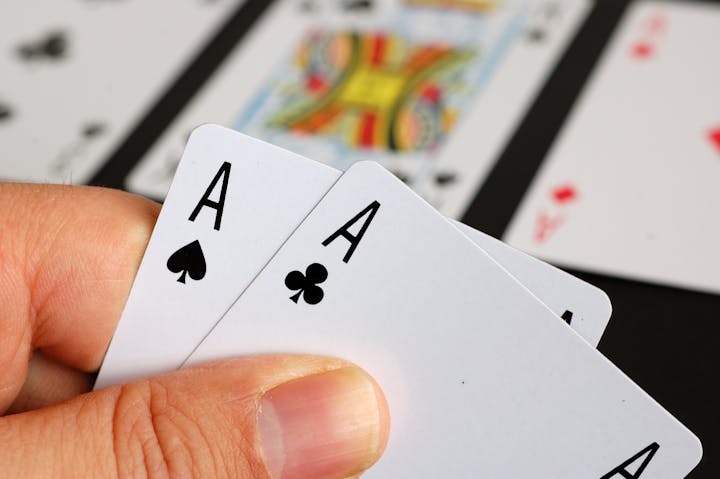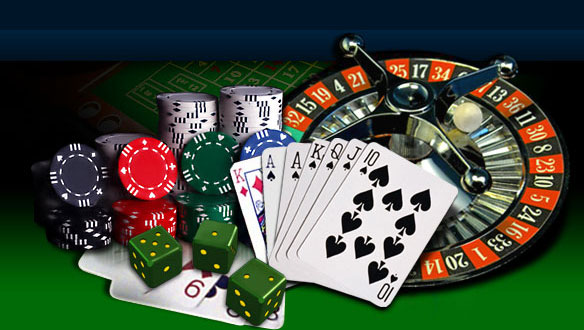Poker has long held a special place in the world of card games. From crowded tables where players read each other’s body language to solitary machines that test probability skills, poker exists in two very different forms. Live poker and video poker may share the same core hand rankings, but the strategies and mindset required for each could not be further apart. Understanding the divide between them helps players see why both remain enduring fixtures in casinos.

Human psychology in live poker
At a live table, poker is less about the cards you hold and more about the people across from you. Every decision becomes a contest of perception and deception. Players track betting patterns, hesitation, and even micro-expressions that could signal strength or weakness. A well-timed bluff can turn a weak hand into a winning one, not because of mathematics alone, but because of how effectively someone manipulates the behavior of others.
This human layer creates a game full of uncertainty. Even the weakest hand can triumph if the player is a good bluffer. Strategy in live poker blends probability with intuition, emotional control, and an understanding of human nature.
The machine-driven nature of video poker
Video poker strips away the unpredictability of human opponents. Instead of reading another person’s intentions, the challenge lies in making mathematically precise choices. Each hand begins with five cards, and the player decides which to keep or discard. There are no bluffs, no rival strategies, and no shifting personalities across the table.
Unlike traditional table dynamics, video poker challenges players to rely on probability and optimal decision-making. The right move in a given situation is not about intuition but about understanding the odds. Because of this, many consider video poker an intersection between poker and strategy-driven games like blackjack, where decisions can be mapped to long-term expected outcomes. In this sense, video poker rewards preparation and consistent decision-making rather than psychological edge.
Why mathematical precision matters
The precision of video poker is what makes it uniquely appealing. For example, when holding four cards to a flush, the mathematically correct play might be to discard a high card to maximize the chances of completing the flush. In live poker, a player might act differently based on how opponents are behaving. On the screen, only the numbers matter.
This contrast illustrates why people often study hand charts and probability tables when playing video poker. Perfect play is possible because the variables are fixed. In live poker, by contrast, perfection does not exist because human behavior adds too many layers of unpredictability.
Broader context of strategy games
The discussion about mathematics and decision-making in casino games is not limited to poker. A recent Instagram post asked players which game has the lowest house edge when played with perfect strategy: blackjack, baccarat, roulette, or three-card poker. The debate highlights how some games reward technical precision more than others. Video poker sits within this conversation as one of the clearest examples of how probability and optimal play can drive outcomes when the human factor is removed.
View this post on Instagram
Casinos as environments of contrast
Casinos offer both versions of poker side by side, which underlines the contrast even more. In one corner, players lock eyes across a felt table, trying to detect the smallest signs of a bluff while competing at Texas Hold’em. In another, someone is quietly analyzing which cards to discard on a screen. Both experiences test skill, but in dramatically different ways.
The role of the casino is to provide that spectrum of experiences. Some players seek the rush of competition, the energy of reading opponents, and the drama of live hands unfolding in front of an audience. Others prefer the solitary, methodical rhythm of video poker, where focus shifts to calculated precision. Together, these games reflect how casinos balance emotion with mathematics, creating a full environment for different styles of play.
Shared elements but distinct skills
Despite their differences, live poker and video poker do share certain strategic foundations. Knowledge of hand rankings, odds, and bankroll management applies to both. Yet the way those tools are used diverges sharply. A live player might raise aggressively with a marginal hand to project strength. A video poker player in the same situation would check a probability table to find the mathematically optimal decision.
Key differences at a glance
To make the divide clearer, the following table compares how live and video poker differ in approach:
| Aspect | Live Poker | Video Poker |
| Core focus | Reading opponents and psychology | Probability and mathematical decisions |
| Environment | Social, face-to-face competition | Solitary, machine-based play |
| Strategy flexibility | Depends on opponents’ behavior | Fixed, based on optimal decision charts |
| Skill development | Emotional control, bluffing, intuition | Mastery of odds, consistency |
This contrast demonstrates why players often enjoy both forms but for entirely different reasons.
Who is this for?
Poker exists in two distinct arenas. Live poker thrives on human unpredictability, while video poker is grounded in structured logic. Each appeals to different types of thinkers: those who excel at reading people and those who thrive in systems governed by mathematics.




